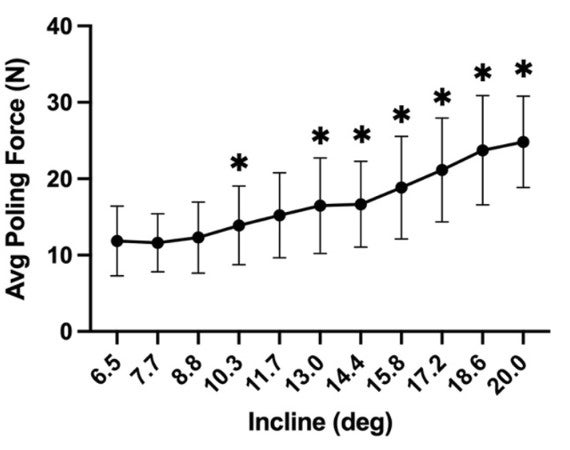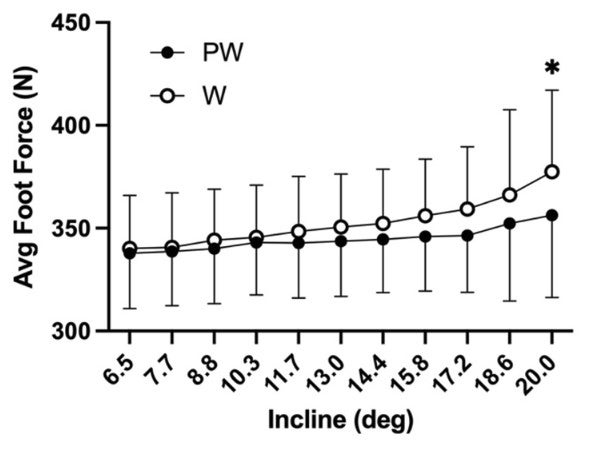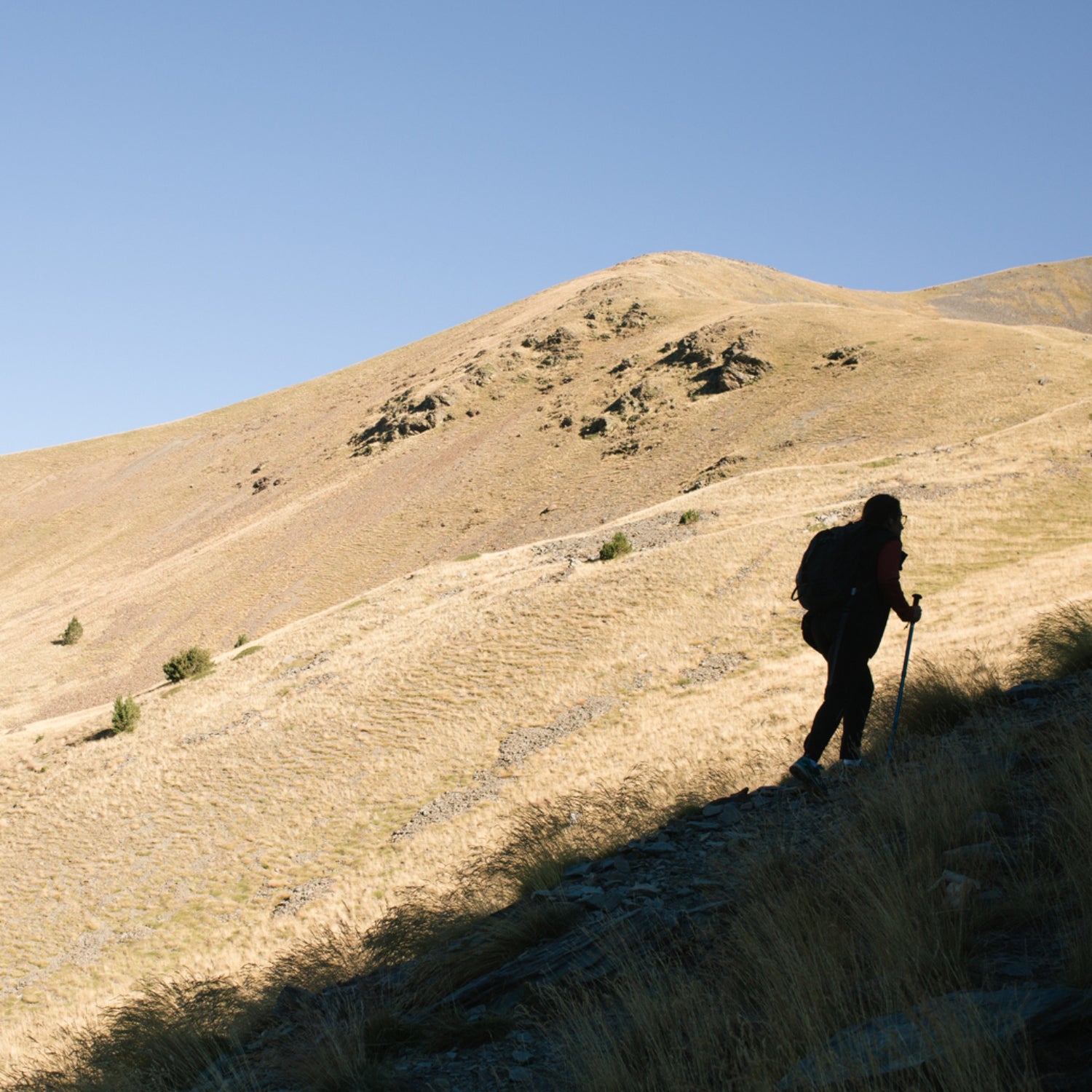is an Italian mountain runner, coach, and sports science professor at the University of Udine. He’s also the guy who, with his colleagues, jerry-rigged a treadmill to climb at angles of up to 45 degrees—that’s a 100 percent gradient, equalling —with an extra-wide belt so that his subjects could use poles on it. The goal: to answer the endlessly debated question about whether poles actually help you climb mountains faster or more easily.
A few years ago, I tried to sort through the confusing and often conflicting literature on trekking poles. The main conclusions I came away with were that using poles makes you burn about 20 percent more energy, but in return they enable you to walk faster with a longer stride, and in some cases reduce your perception of effort. That’s primarily on level surfaces, though. In recent years, Giovanelli has deployed his custom treadmill to explore a series of questions about going uphill with poles, a topic of particular interest to mountain and trail runners.
His latest study, , uses force-sensitive poles and insoles to ask whether poles “save the legs” when you’re climbing. The motivation for this study is a riddle that emerged from his previous experiments. The results generally found that poles either on uphills, or . And yet they were 2.5 percent faster for all-out efforts up an incline of just under 20 degrees. (Giovanelli described some of these results in a seminar on uphill trail running last summer.)
The new study put 15 trail runners through a series of tests with and without poles, first on the treadmill and then up a real mountain outdoors. The runners wore portable VO2 analyzers to measure their aerobic efforts. Their poles were outfitted with a force transducer just below the handgrip to measure how hard they were pressing into the ground, and insoles in the runners’ shoes measured the force exerted by their legs into the ground. The inclines tested were steep enough that the subjects walked rather than ran—which is faster and more efficient, although at sufficiently steep inclines the distinction between walking and running gets a little hazy anyway.
One key finding is that you really do rely more on your poles as it gets steeper. Here’s a graph showing poling force (on the vertical axis) as a function of incline in degrees (on the horizontal axis):

The big question was whether that harder poling actually saves your legs at all. Here’s the insole-measured foot forces as function of incline, both with poles (black circles) and without (white circles):

Sure enough, using poles blunts the increase in leg force at steeper slopes. And crunching the individual results showed that, as you’d expect, the subjects who poled hardest had the biggest force reduction in their legs. So there’s a skill factor here: you actually have to use the poles actively, not just carry them up the hill as baggage.
The results above are from the treadmill tests. From a practical perspective, the more important data is from the real-world outdoor tests. Using poles outdoors on an irregular surface is quite different from the regular surface of a treadmill, because the need to place the pole (and your feet) at a good spot makes it harder to keep your arms and legs coordinated. However, the same general trends applied: the insole-measured leg forces were about 5 percent lower with poles during the all-out outdoor hill climbs, even though the subjects were 2.5 percent faster in the with-pole trials.
The overall picture that emerges is that poles help you climb faster on steep uphills, not because they save energy but because they shift some load from your overworked legs to your underworked arms. That may seem like a no-brainer, but it’s not necessarily intuitive to runners who are used to traveling as light as possible. The longstanding cliché in mountain trail running is that European runners are willing to use poles and tend to overperform on the toughest courses against North American runners who are more pole-hesitant.
Of course, most runs through the mountains involve a wide variety of terrain, not just steep uphills. The benefits are less obvious—though not necessarily zero—on level, undulating, or downhill trails, and you start having to consider trade-offs in how light a pair of poles are versus how easily they fold up. (Adam Chase runs through some of the options here.) But if you’re tackling a trail with a long, steep ascent—or you get invited to try Giovanelli’s infamous 45-degree treadmill—his new results make a compelling case for bringing your poles.
For more Sweat Science, join me on and , sign up for the , and check out my book .


